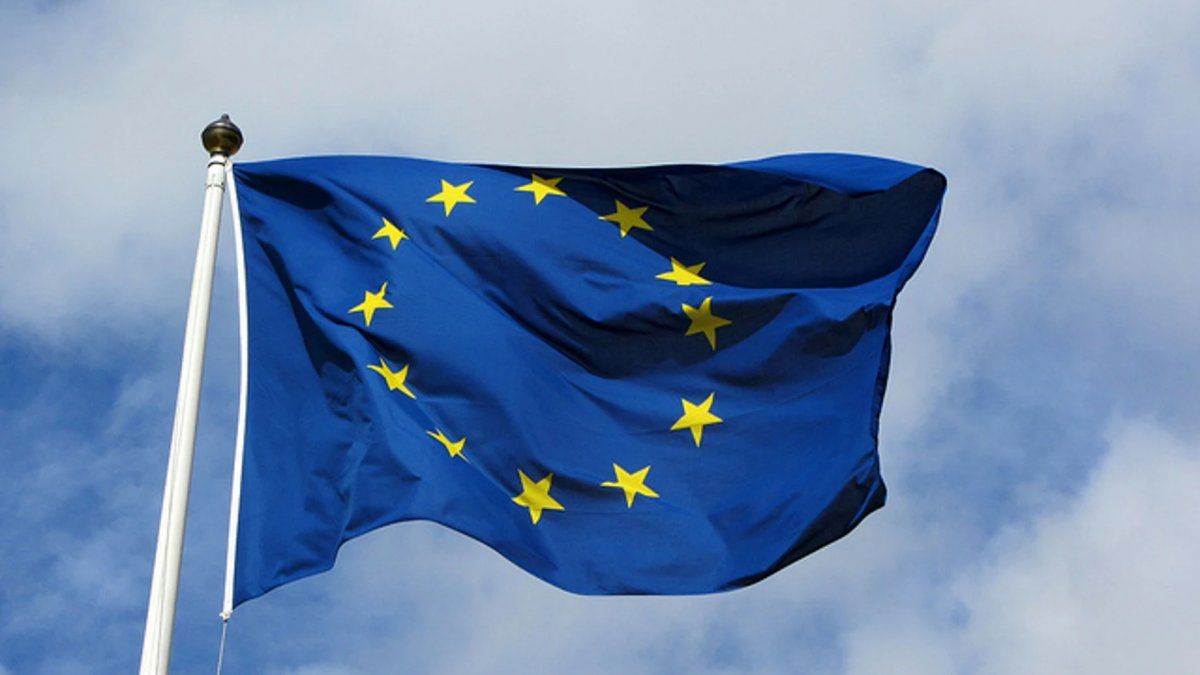Even if the pandemic situation comes to an end, the mask requirement should remain on public transport – until Easter. DB Regional Manager Jörg Sandvoss pleads for this. The acceptance of the masks is high.
DB regional boss Jörg Sandvoss hopes that mask regulations in local public transport will continue to exist in the winter season.
“The masks are worn consistently,” he told the German press agency at a local public transport industry meeting in Frankfurt am Main. In the summer of 2020 there was an even bigger problem with mask refusers in large cities. “It’s gone. The acceptance of the masks is extremely high. That is why it is important for us, if the pandemic situation comes to an end, that there are at least regulations that we maintain the mask requirement in public transport in the winter season until Easter. ” At the moment the mask “definitely contributes to the feeling of security”.
Sandvoss sees the return of confidence in being able to use local public transport despite the ongoing pandemic. “We are now at a level of 70, sometimes 80 percent of the pre-Corona time.” In rural areas it is a little less, in the cities, however, there are sometimes more than 80 percent of the passenger volume. “We have invested a lot in additional hygiene and safety,” he emphasized.
But the return of passengers is not only reflected in the number of commuters. “On the weekends we’re almost back to the level we were before Corona.” Significantly more excursion and leisure traffic is recorded in local traffic. “During Corona, people noticed: It is beautiful in the Odenwald, on the Mecklenburg Lake District and in the Bavarian Forest,” said Sandvoss. “What we are still missing at the moment are the passengers to the football games, Christmas markets, Oktoberfest – for us these are always major battle days, on which everything rolls that is there.”
Challenges and solutions
Together with the transport associations, it should be examined in the coming months “whether we are not increasing the weekend traffic in some places,” said Sandvoss. “With the Stuttgart S-Bahn, for example, we will be increasing the offer to every 15 minutes on Saturdays from mid-December.”
A challenge to create the traffic turnaround are offers in rural areas, especially in view of increased mobility. “That’s why we need a big step in the last mile as well.” The connection to public transport “on the doorstep” should be facilitated and improved. “It’s easy in the big city, but it gets more difficult in the Odenwald,” said the DB regional boss. “So the question is, how do I get the regional express or S-Bahn to the people and vice versa?”
A solution is seen in integrated mobility to create flexible feeders to the existing bus and train lines. “We made the decision at DB a few years ago to invest in this new form of mobility, for example in our bus sector,” said Sandvoss. “Now that the older generation of 70 plus is good at using the cell phone, we have a real opportunity to offer integrated mobility with solutions consisting of small vehicles plus app control.”
Jane Stock is a technology author, who has written for 24 Hours World. She writes about the latest in technology news and trends, and is always on the lookout for new and innovative ways to improve his audience’s experience.




